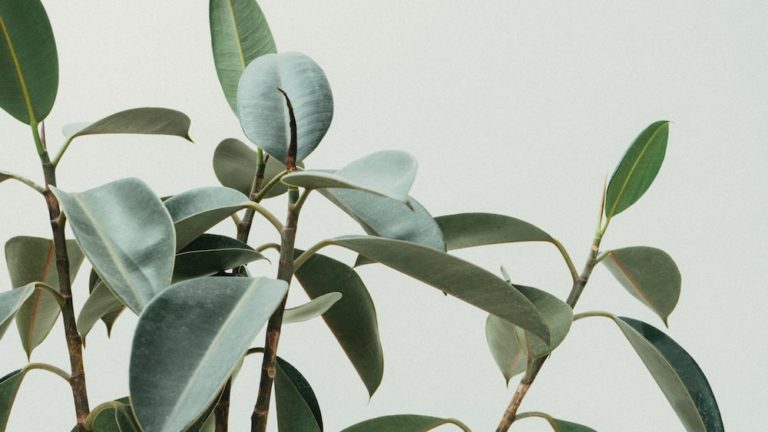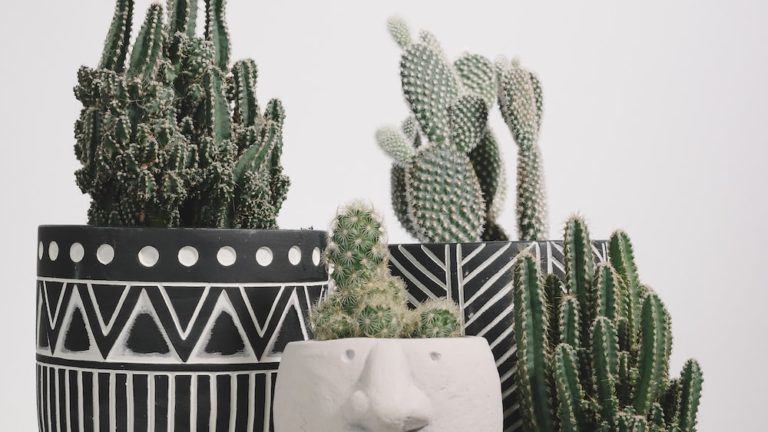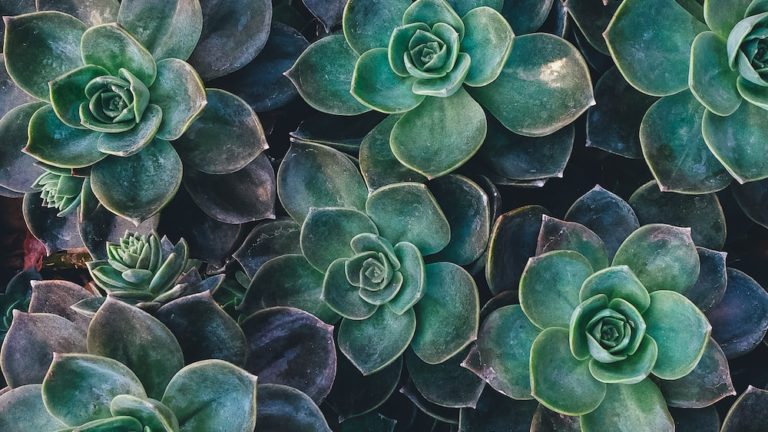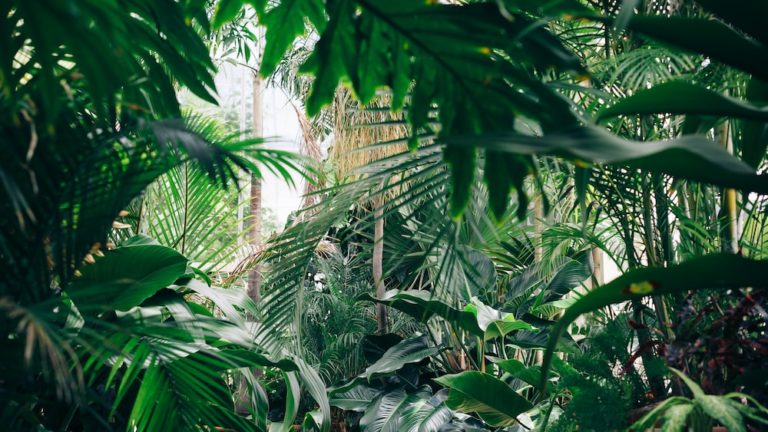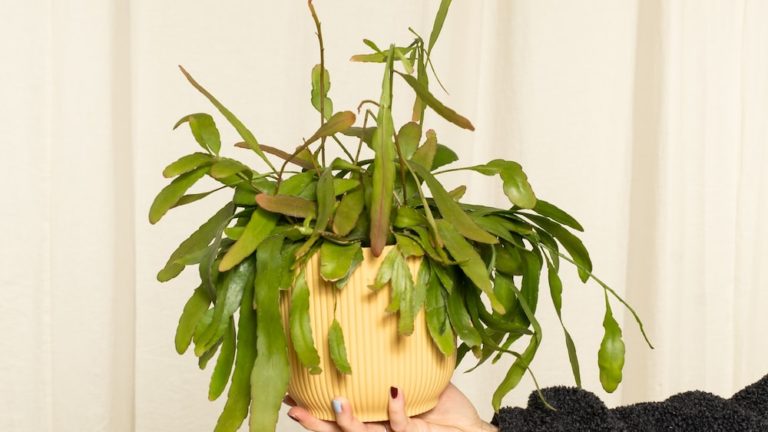Rhipsalis Elliptica: Beautiful Hanging Plant From Brazil

Rhipsalis Elliptica: Beautiful Hanging Plant From Brazil
There’s a distinctive charm in filling your home with cacti. For me, Sophia, it’s akin to unfurling a green carpet of enchantment – a tapestry of differing shapes, sizes, and hues that casts an enchanting spell that never seems to wane. Specifically, the Rhipsalis elliptica, a rare gem from the cacti family, has caught my heart more than the rest. It isn’t merely a plant; it’s a companion, faithfully hanging by my side, asking for very little in return and providing a whole world full of bewitching beauty.
It happened on a languid Sunday afternoon. The sunbeams filtered through the tiny opening in the kitchen window, casting their warm glow upon a tiny pot. Look closely, and you could make out the delicate shadow of the ethereal Rhipsalis elliptica as it danced on the counter below. I took one look at it, lost in its dainty charm, and I knew there was no going back. The cacti world had chosen me.
This blog post, dear reader, is a journey of introduction, understanding, and appreciation of Rhipsalis elliptica. It’s a voyage that I am thrilled to take you on, and hope that it lights up the same passion within you. An experience that’s as close as having the sun kiss your cheeks, the breath of earth permeate your senses, and make you cherish the wistful elegance of the Rhipsalis elliptica.
Understanding Rhipsalis Elliptica
Just like unraveling the mysteries of a beloved novel, unraveling the secrets of this cacti species can be quite the exciting adventure. Join me as we delve into the world of Rhipsalis elliptica, embracing it in all its glory.
Scientific Name and Synonyms
Rhipsalis elliptica, often referred to by its synonym(s) Lepismium ellipticum or Pfeiffera elliptica, is a splendid showcase of nature’s playful imagination. As members of the Cactaceae family, they coin every space they grace with an undeniable zest.

Regarded for its rhipsalis elliptica var, the variety in its morphology, it’s a lively addition to any green spaces. It goes by many names; some common, some scientific, but no matter what you choose to call it, one cannot deny the allure this plant packs within.
While it’s widely recognized as Rhipsalis elliptica, it is also known by several synonyms, where Lepismium ellipticum and Pfeiffera elliptica hold particular prominence. This flexible name usage reflects its rich history, wide distribution, and the many hearts it touched over centuries.
Rhipsalis elliptica is a captivating plant with a rich history and wide distribution, known by various names such as Lepismium ellipticum and Pfeiffera elliptica.
Origin and Description
The Rhipsalis elliptica originates from the lush depths of Brazil. Nestled deep in humid forests and fertile meadows, this exotic beauty has learned to stride through the seasons, adapting to its challenging environment. Its resilience reflects the narrative of survival and adaptation that echo in the tilting boughs of these tropical rainforests.
Imagine this image for a moment – the Rhipsalis elliptica lounging by a stretch of warm, verdant foliage, its fragile thorns bristling at the flutter of a nearby hummingbird. Its pendulous branches sway softly in the gentle breeze, bathed in lush shades of green. Its delightfully teardrop-shaped leaves cascade downward like a waterfall, adding an intriguing dash of charm to its overall persona.
Taxonomy and Classification
A quick peek into the taxonomy of Rhipsalis elliptica and we find ourselves tracing back to its roots in the Cactaceae family – an extraordinary array marked by enticing biodiversity. This family is classified under the order of Caryophyllales, known for defining some of the most resilient species that have learned to survive and thrive in extreme conditions.
Moreover, the Rhipsalis elliptica belongs to the “Rhipsalideae” tribe, a group that further underlines its distinct categorization. This resolute lineage reminds us of the strength and tenacity packed within this seemingly delicate plant, a testament to its matchless beauty and resilience.
Cultivating Rhipsalis Elliptica
Now that we’re equipped with the knowledge about Rhipsalis elliptica’s origins and classification, let’s embark on the journey of cultivating our own. After all, there’s an inexplicable joy in nurturing a plant and watching it thrive.
Hardiness and Growth Conditions
Rhipsalis elliptica is a testament to Mother Nature’s extraordinary ability to adapt. Hailing from the tropical strata of Brazil, it holds inherent hardiness, making it a carefree choice for enthusiasts, novices, and seasoned gardeners alike.
The species falls within the USDA hardiness zones 10b-11, which means it prefers slightly cooler conditions compared to the typical tropical plant. It can manage cool to warm temperatures, but it’s always prudent to avoid extremes. Rooms with plenty of ambient light and a steady temperature make for ideal conditions.
Rhipsalis elliptica, a hardy tropical plant from Brazil, thrives in ambient light and steady temperatures, making it a low-maintenance choice for all gardeners.
How to Grow and Care for Rhipsalis Elliptica
When it comes to cultivating Rhipsalis elliptica, it is surprisingly straightforward. First and foremost, you’ll want to skip the cactus soil mix. Yes, you heard it right! Despite being a cactus, the Rhipsalis elliptica prefers a standard well-draining potting mix.
As for light requirements, they prefer shaded to partial sunlight, mimicking their original habitat under the canopies of towering Brazilian trees. Given the right care and your Rhipsalis elliptica will be more than happy to grace your living spaces with its lovely trailing form.
Watering and Light Requirements
Dear fellow desert garden lovers, do you recall that hot summer afternoon when we found ourselves cozied up in the shade of a lone, mighty Saguaro cactus? Turns out, our friend, the Rhipsalis Elliptica, isn’t so different from those memories. This jungle cactus prefers similar, if not warmer climates for healthy growth. However, it’s crucial to remember that water is a source of life for all plants, even those that have adapted to the desert.
Our rhipsalis enjoys light watering. Regular moisture is favorable, but overwatering is a strict no-no. A little goes a long way for these plants. Good drainage is also an essential factor! These watering habits mimic the rainfall patterns of their native habitats in Brazil’s rainforests. The Elliptica adores a well-drained soil mix – think sandier portions.
When it comes to light, the Elliptica seeks bright, but filtered sunlight. Enclosed within the hallowed green walls of Brazilian jungles, the rhipsalis elliptica gracefully dangles from tree trunks, soaking up indirect light filtering through tall canopies. Do your best to replicate those conditions for your little friend at home.
Fertilizing Rhipsalis Elliptica
Ah, the delicate art of nourishing our leafy companions. Fertilizing is an intricate dance, and for our jungle cactus, it’s a waltz danced lightly, once a month in the verdant months of spring and summer. A balanced, water-soluble cacti fertilizer is well suited for this task.
It’s important to remember, my dear readers, that fertilizing during the winter is unnecessary for Rhipsalis Elliptica. These plants, much like us, take a break during the colder months, slowing down their metabolism and halting active growth.

However, come the warmth of spring, your cactus will likely produce a delightful surprise – dainty white blooms that look like tiny twinkling stars amidst the long cascading stems. Regular, balanced fertilizing encourages this charming spectacle, offering your cactus the nutrients it requires to bloom.
Unique Features of Rhipsalis Elliptica
Let’s take a moment to acquaint ourselves with the true charm that resides within the intricate layers of the Rhipsalis Elliptica. Known as one of the most exotic cactus species, the Elliptica is a treasure chest of subtle beauty and resilience, a delightful paradox of the delicate yet hardy design.
Appearance and Aesthetic Appeal
Can we pause to appreciate the textual description of this cactus? Picture this. Green, elliptical stems glistening under the soft rays of the morning sun, cascading flirtatiously from a hanging basket. Epiphytic in nature, the stems of Rhipsalis Elliptica curve into elliptical segments that form an enchanting, flowing veil of green.
At a glance, one might mistake these ribbed stems for leaves, but let me assure you, this is merely a deceptive classification. This plant’s entirety- segments, flowers, everything- is made up of modified stem structures.
Finally, let’s talk about their blooms. These are small delicate things, as white as fresh snow but hidden amidst the rush of green stems until you lean in closer! This attention to detail brings an extra layer of charm to the Elliptica, making it a must-have for any true cacti aficionado.
Role in Home Decor and Design
The luxurious cascade of hanging green stems from the Rhipsalis Elliptica makes it a skilfully versatile addition to any home decor scenario.
This jungle cactus can pridefully stand as a solo focal point, or play a supportive role by blending into the background. Such flexibility ensures its presence is noticed, yet not overpowering. Hanging your Elliptica from a ceiling near a window exposes it to the necessary light and brings a touch of tropical luxury into your space.
Interestingly, the pendulous growth also means this plant is a perfect addition to vertical garden ideas! Imagine a wall of jungly delight, cloaked in a soft green waterfall supplied by the Elliptica. What a scene, no?
The Rhipsalis Elliptica is a versatile plant that can be a focal point or blend into the background, bringing a touch of tropical luxury and making it perfect for vertical garden ideas.
Benefits as an Indoor Plant
Do you know one of the most charming aspects of sharing our homes with Rhipsalis Elliptica? It’s the fact that this beguiling cactus is not just aesthetically pleasing but also a hardy and easy-to-care-for housemate.
Ideal for novice plant enthusiasts or those of us with busy lives, the Elliptica demands minimal care yet gives so much in return. Not to mention its ability to purify indoor air, absorbing harmful particles and enhancing the overall indoor air quality.
Buying and Maintaining Rhipsalis Elliptica
Let’s now move on to how you can bring home this captivating section of Brazilian biodiversity, and how you can ensure its long and healthy survival.
Where to Buy Rhipsalis Elliptica
When it comes to buying a Rhipsalis Elliptica, it’s important to consider both online and physical stores. Each has its pros and cons – it’s all about what matters to you the most.
Online shopping presents us with the convenience of home delivery and a wide range of options. However, remember to select nurseries with good reputation and reviews. In physical stores, you get the luxury of handpicking your cactus and checking its health directly. But be prepared to travel a bit to find a specialized cactus nursery in your locality.
Regardless of your choice, remember to inspect your new plant for pests and illnesses before you introduce it to your other indoor plants. A healthy start can make all the difference!
Satisfaction Guarantee and Customer Care
Integration of customer care into the cacti-buying process undoubtedly adds a layer of trust and confidence when purchasing your beloved Rhipsalis Elliptica. Numerous garden centers and online nurseries prioritize customer satisfaction, providing guarantees on their plants. These promises range from overall plant health to a successful transition into your home environment.
By reaching out to their accessible and knowledgeable customer service teams, you could request additional care tips tailored for your specific environment or seek advice if you notice your Rhipsalis Elliptica has started to look a tad forlorn. So, for every cactus aficionado out there, such reassurances certainly play a pivotal role in cultivating a successful indoor garden; an essential aspect to bear in mind during your next Brazilian flora shopping expedition.

Integration of customer care into the cacti-buying process adds trust and confidence in purchasing plants, with guarantees and personalized care tips available from garden centers and nurseries.
Common Issues and How to Address Them
Whilst Rhipsalis Elliptica is typically low maintenance, it’s not entirely immune to potential challenges. As with our own lives, this captivating plant carries its set of battles too, often a reflection of our common human-cactus experience. The plant might sometimes fail to flower, wilt, or show signs of discoloration.
Overwatering, notorious for causing weakened roots and foliage rot, is a frequent issue. In such cases, it’s critical to tone down the watering regiment and assess the plant’s draining conditions. Another common problem involves the plant’s exposure to inadequate light which may lead to etiolation. Gradually increase its exposure to ensure it receives the right balance of sunlight.
Last but not least, remember that pests, like mealybugs or aphids, aren’t the end of the world, but they must be addressed promptly. Watching for these tiny invaders should be a part of your regular care and inspection routine. Using insecticidal soap or removing them physically will help keep your foliage in top shape.
Frequently Asked Questions (FAQs)
1. What makes Rhipsalis Elliptica unique among succulents?
The uniqueness of Rhipsalis Elliptica lies in its striking foliage and fascinating growth pattern. Unlike many succulents, it grows in a cascading manner, making it perfect for hanging baskets or ledges. Its cylindrical, glossy green leaves are non-spiny, further setting it apart from its spiky counterparts.
2. How often should I water my Rhipsalis Elliptica?
The frequency of watering your Rhipsalis Elliptica depends on several factors, including humidity and temperature levels. As a rule of thumb, water thoroughly only when the topsoil is completely dry. Overwatering can lead to root rot and other issues.
3. Can Rhipsalis Elliptica thrive in low light conditions?
Thrive and Rhipsalis Elliptica’s relationship with low light conditions can be a bit tricky. While these plants indeed tolerate shade, they flourish with bright, indirect light. However, avoid exposing them to harsh sunlight as it can scorch the leaves.
4. What type of fertilizer is best for Rhipsalis Elliptica?
Selecting a fertilizer for your Rhipsalis Elliptica should be deliberate, and a general-purpose liquid houseplant fertilizer should do the job perfectly. It’s essential to dilute the fertilizer to half-strength during its growing season to promote healthy growth.
Conclusion
Indeed, the Rhipsalis Elliptica transforms spaces, adds character, and helps us connect with the captivating charm of the natural world. Like a love letter from the heart of Brazil, this enchanting cactus serves to remind us about the beauty that lies in the minute details of our environment.
By providing the right care – being mindful of its water and sunlight needs – you foster a deep connection with this succulent, ultimately unveiling layers of its brilliance. Just as we wouldn’t impose a tax on love, we don’t restrict our care when nurturing our beloved Rhipsalis Elliptica.
A passion for plant kisses us with a delectable sense of unity, bonding with fellow botanical enthusiasts over the shared adoration for our leafy companions. As long as our hearts yearn for these green marvels, may our conversations continue, and may our knowledge deepen. Stay blooming, dear friends. Until next time, Sophia.

